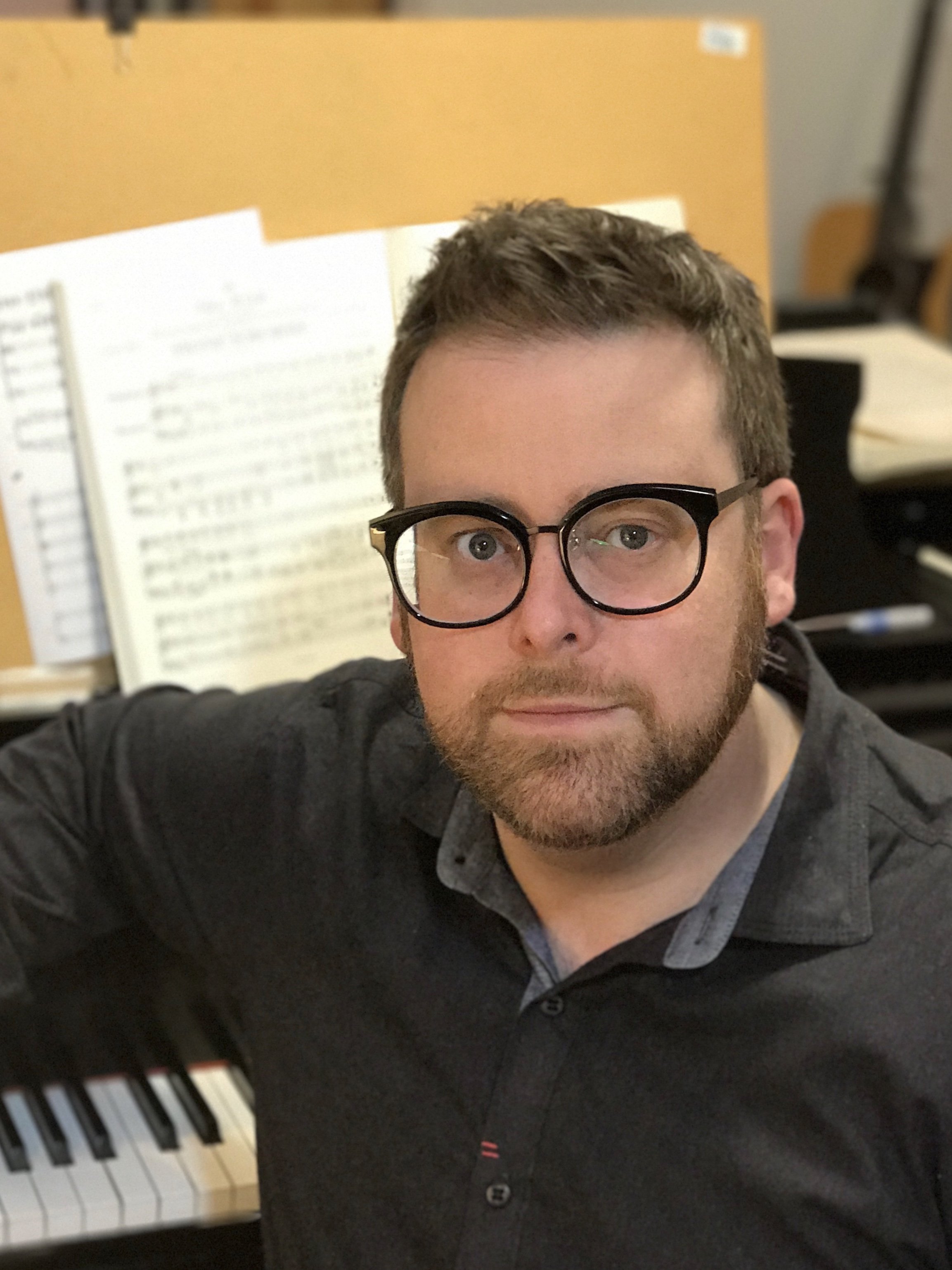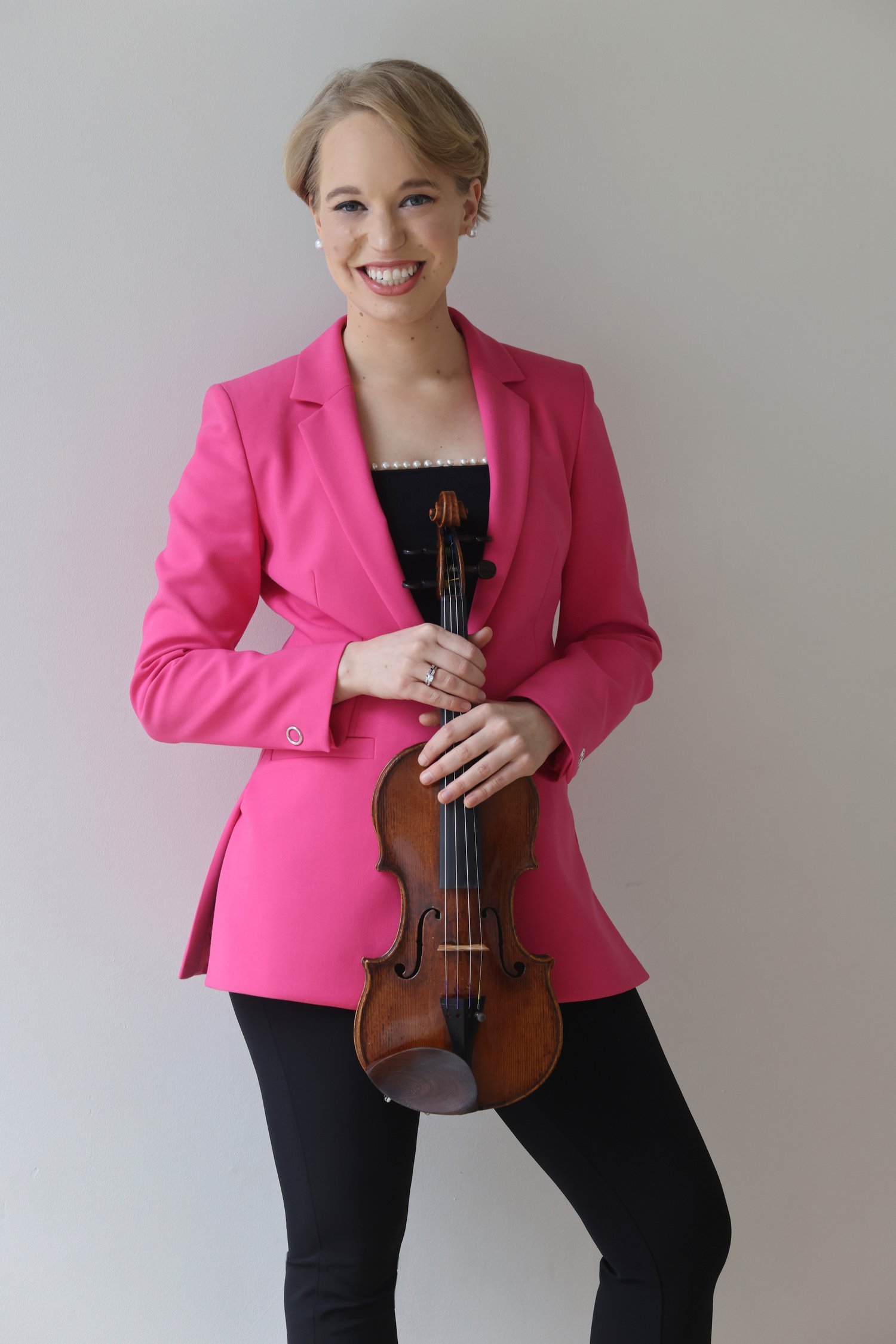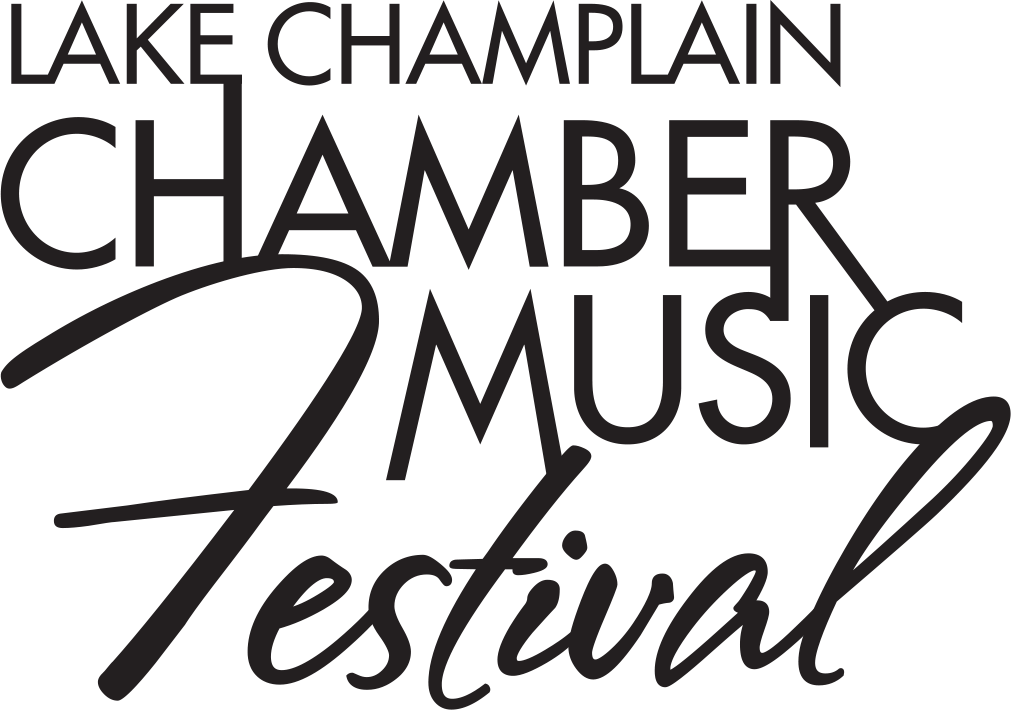Festival Tuesday
TUESDAY, AUGUST 20, 2024
12 PM | SPOTLIGHT CONCERT Bach to Hungary
*FREE CONCERT*
St. Paul’s Cathedral (map)
Join us for a free afternoon recital of Bach and Bartók at St. Paul’s Cathedral in downtown Burlington.
4 PM | YOUNG COMPOSERS SOUNDING BOARD I
Elley-Long Music Center at St. Michael’s College (map)
Go behind the scenes as our 2024 Young Composers hear their compositions played for the first time by our festival artists. This interactive session, hosted by our Resident Composer, David Serkin Ludwig, will give a glimpse into the creative process of bringing a new composition to life.
All Events FREE on this day
PROGRAM
-
Praeludio: Passaggio - Presto
Allemande
Courante
Sarabande
Bourrée
GigueArtists
Ji Su Jung, marimba -
Artists
Robyn Bollinger, violin
Soovin Kim, violinProgram Note
Bartók wrote his 44 violin duos as a set of progressive lessons at the request of Erich Doflein, a German violin teacher. Doflein published 32 of them in his method book the next year, and Bartók’s own publisher brought out the complete edition in 1933, arranged, like most didactic works, from least to most difficult. Bartók himself suggested possible combinations of some of the duos for concert performances. Bartók wrote that the purpose of the duos was to enable “students, from their very first years of study, to play works in which the natural simplicity of folk music, and its melodic and rhythmic features, can be found.” His remark was true enough, as far as it went. But it might take some searching and editing to find those melodic and rhythmic features. Bartók was a professional folklorist, who had spent years recording folk music in rural areas (no mean feat with the bulky and primitive equipment available 90 years ago) and transcribing the tunes as faithfully and accurately as possible for publication. All but two of the 44 duos are based on actual folk tunes. But Bartók the composer was not Bartók the folklorist, and in these duos, he reshaped and transformed the original melodies, and gave them accompaniments that further changed their character. There is far more of Bartók than of the countryside in the final product. On the other hand, Bartók behaves like part of the folk process in at least one way: once the tune setting is completed, he does not develop the tunes. They are presented, repeated, and end, with each duo lasting on average about a minute.© Howard Posner, LA Philharmonic
-
Allegro
Prestissimo, con sardino
Non troppo Lento
Allegretto pizzicato
Allegro moltoArtists
Robyn Bollinger, violin
Soovin Kim, violin
Milena Pajaro-van de Stadt, viola
Edward Arron, celloProgram Note
The string quartet’s powerful footprint on the musical world was described as a great but challenging mastery by composers. Simply put by 20th-century French composer Gabriel Fauré, “This is a genre which Beethoven in particular made famous and causes all those who are not Beethoven to be terrified of it."Composer Béla Bartók began writing his fourth string quartet in 1928, just a year after his third. The influence of Hungarian and Eastern European folk music in these works is proven documentation of his time spent unraveling these traditions in his spare time as an ethnomusicologist while being a faculty member of the Academy of Music between the years 1907 and 1934. Bartók’s quartets are noted for displaying his genius, showcasing a radical stylistic evolution across the six works.
With influences from the Second Viennese School, his fourth string quartet is an experiment in dissonance: the frequent use of extended string techniques combines with complex harmonies to create intense sonic colors. The piece follows a form of A-B-C-B-A, meaning that the first and last movements and the second and fourth movements are linked: this creates a palindrome, with the third movement working as glue to the structure.
Bartók, of course, is known for experimenting with the extremes of the instrument’s range. The virtuosic demands of the piece keep the performers on edge, helping the piece's atmosphere stay tense. The music includes varied techniques like sliding on the notes (glissandi), sudden and extreme plucks (snap-pizzicato or so-called “Bartók pizz.”), close bowing on the bridge (ponticello), and muting the instrument.
Every movement stands out characteristically: the first movement is the introduction of the harmonic and melodic structure which centers on the pitch C and creates whole-toned harmonizations around it. In the second movement, the same harmonies and motifs come back in a fast-paced and quick way as if it’s echoing the first movement. The chromatic elements are presented through the chaotic atmosphere. The third movement starts with the three instruments grounding the melodic and idle theme on the cello as if the music retreats from all the tension and chaos. This develops into contrasting dynamics that pass between the instruments throughout the rest of the movement. The fourth movement introduces a folk-like theme in pizzicatos while the chromatic harmonies and expansion of tonality become very overpowering. In the last movement, the ideas from the first movement are mirrored, rediscovered, and developed. The pulsating rhythms are embellished with the orchestral sound of octaves. This movement combines all the musical and technical elements that were introduced throughout the piece, leading to a remarkable conclusion.
Bartók’s quartet was dedicated to the Pro Arte Quartet and was premiered by the Waldbauer-Kerpely Quartet in Budapest, Hungary, in 1929. With a 25-minute duration, the piece lets listeners reflect on those words of Fauré: the concept of the string quartet was once again proven to be one of the most terrifyingly beautiful ideas, but this time through the magnifying legacy of Béla Bartók.
©2024 Delfin Demiray and LCCMF
ARTISTS
-

Soovin Kim
VIOLIN
-

David Serkin Ludwig
RESIDENT COMPOSER
-

Robyn Bollinger
VIOLIN
-

Milena Pajaro-van de Stadt
VIOLA
-

Edward Arron
CELLO
-

Ji Su Jung
PERCUSSION
-

Delfin Demiray
YOUNG COMPOSER
-

Jonah Cohen
YOUNG COMPOSER
-

Yuri Lee
YOUNG COMPOSER

